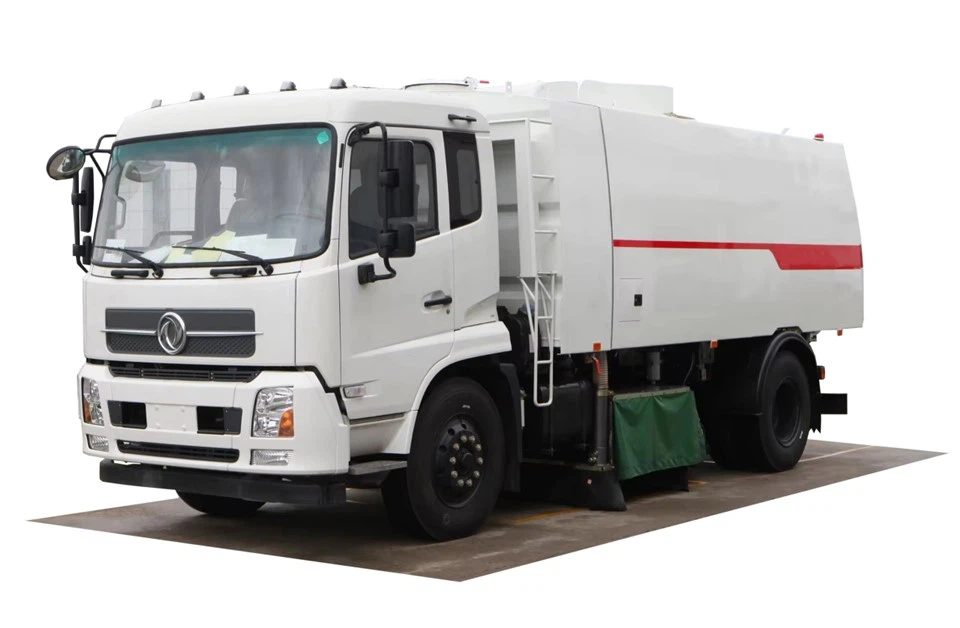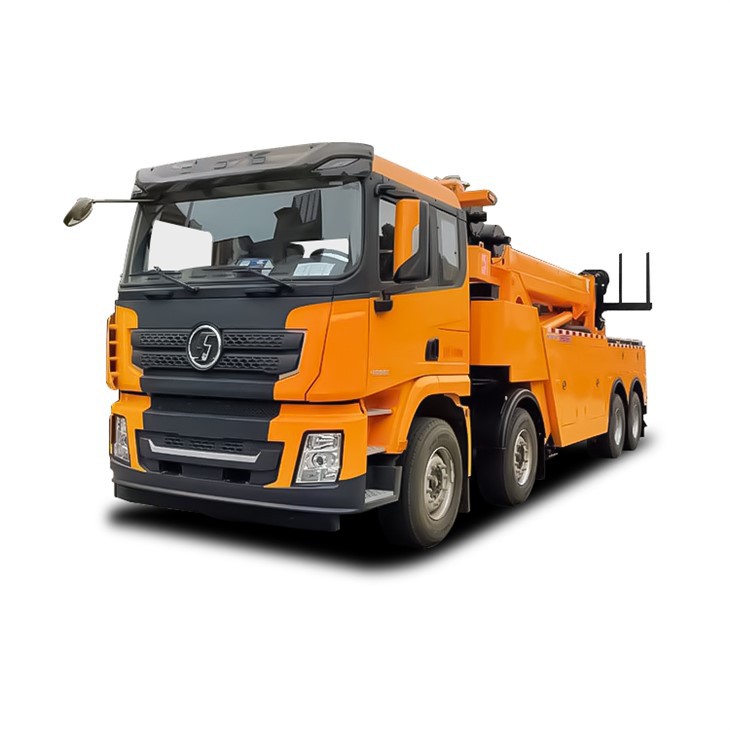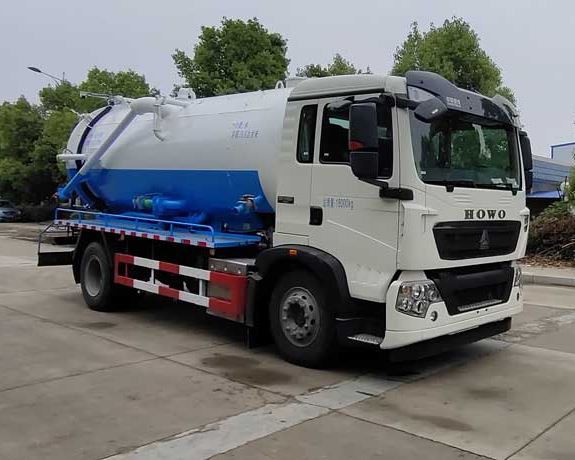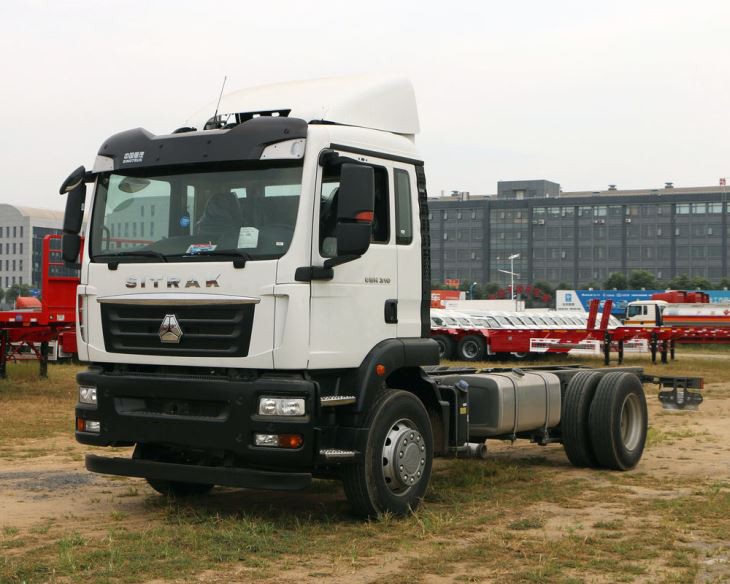Fuel tankers are vital for transporting fuels over long distances, ensuring that various businesses, industries, and gas stations have access to the resources they need. However, one common question arises: how many gallons does a fuel tanker hold? This article explores fuel tanker capacities, types, factors affecting their volume, and additional insights into the fuel transport industry.
Understanding Fuel Tanker Capacities
Fuel tankers come in various sizes and designs, catering to different transportation needs. Their capacity is typically measured in gallons, liters, or barrels. The standard size of a fuel tanker varies based on usage, regulation, and infrastructure.
Standard Sizes of Fuel Tankers
Generally, fuel tankers can hold anywhere from a few hundred gallons to tens of thousands of gallons. Here’s a breakdown of common fuel tanker sizes:
| Type of Fuel Tanker | Capacity (Gallons) |
|---|---|
| Small Fuel Tankers | 1,000 – 3,000 gallons |
| Medium Fuel Tankers | 5,000 – 10,000 gallons |
| Large Fuel Tankers | 10,000 – 20,000 gallons |
| Super Tankers | 30,000 – 50,000 gallons |
The Most Common Fuel Tanker Sizes
In the United States, the most common fuel tanker size is usually between 6,000 and 8,000 gallons. These tankers are often used to supply gas stations and are ideally suited for urban areas where space may be limited. Larger tankers, such as those designed for long-haul transport, can hold significantly more and are often found on highways.
Key Factors Affecting Fuel Tanker Capacity
Design and Construction
The design of a fuel tanker plays a significant role in determining its capacity. Tankers are generally constructed with different shapes and compartments to accommodate various types of fuel, such as gasoline, diesel, or jet fuel. Each compartment can often vary in size, allowing for flexibility in the types of fuel transported.
Regulatory Standards
Regulatory standards set by government agencies dictate the maximum sizes of fuel tankers. These regulations consider safety factors, environmental issues, and infrastructure capabilities. Different countries have different regulations, which can affect how many gallons a fuel tanker can legally hold.
Fuel Type
The type of fuel being transported can also impact the capacity of the vessel. Fuels like gasoline are typically less dense than diesel, allowing more gallons to be transported in the same space. Understanding the differences in fuel types can help you determine how many gallons of each type can fit in specific tankers.
Types of Fuel Tankers
Road Tankers
Road tankers are designed for land transportation and typically come in several configurations. These vehicles may be cylindrical or rectangular, depending on the design. The standard road tanker holds around 8,000-9,000 gallons but can be configured for larger loads.
Rail Tankers
Rail tankers transport fuel via railroads and can hold about 30,000 gallons on average. They are often equipped for longer journeys, making them vital for transporting fuel over long distances.
Shipping Tankers
Shipping tankers are the largest type and can carry up to 250,000 gallons or more. These vessels are designed for offshore transport, allowing for the movement of large quantities of fuel between countries and regions.
Safety Considerations in Fuel Transportation
Regulatory Compliance
Fuel tankers must comply with rigorous safety regulations to prevent accidents during transport. These include proper labeling, measuring, and emergency response capabilities. Ensuring compliance is critical to minimizing risks along the transport route.
Best Practices for Loading and Unloading
Loading and unloading fuel requires adherence to specific safety protocols. Operators should connect hoses securely and monitor fuel movement carefully to avoid spills and accidents.
Practical Examples of Fuel Transport Operations
Case Study: Fuel Supply to Urban Areas
In cities, fuel tankers often operate under strict guidelines to ensure minimal disruption to traffic and residential areas. A 6,000-gallon tanker may make multiple trips throughout the day to supply fuel to gas stations, while larger tankers may be used to fill storage tanks at regional distribution points.
Case Study: Rural Fuel Supply
In rural regions, larger tankers may be utilized to deliver fuel in bulk to farms and isolated communities. Transporting over rough terrains and long distances highlights the importance of vehicle capacity and reliability.
The Future of Fuel Tankers
Innovations in Tanker Design
With advances in technology, the design of fuel tankers is evolving. Innovations are being made to increase efficiency, reduce emissions, and enhance safety features. For instance, the introduction of lightweight materials can increase fuel capacity while minimizing vehicle weight.
Environmental Considerations
As the world moves towards more sustainable energy sources, the industry must adapt. This includes developing fuel tankers that can accommodate alternative fuels such as biodiesel and ethanol, which may have different handling and transportation requirements.
FAQs About Fuel Tanker Capacities
How many gallons does a small fuel tanker typically hold?
A small fuel tanker usually holds between 1,000 and 3,000 gallons, making them suitable for delivering fuel to local businesses and gas stations.
What is the average capacity of a medium-sized fuel tanker?
Medium-sized fuel tankers generally have a capacity of 5,000 to 10,000 gallons, balancing efficiency and transportability for city and suburban deliveries.
Can you transport different types of fuel in one tanker?
Yes, but it typically requires a tanker with multiple compartments to safely transport different types of fuel without contamination.
What safety measures should fuel transporters follow?
Fuel transporters must adhere to regulations, maintain proper labeling, conduct regular vehicle inspections, and follow protocols during loading and unloading to ensure safety.
What factors influence the choice of fuel tanker size?
Factors such as distance of transport, type of fuel, regulatory requirements, and destination infrastructure determine the most suitable tanker size.
Are there specific regulations for international fuel transportation?
Yes, international fuel transportation is governed by various regulations that may differ from domestic guidelines, focusing on safety, environmental impact, and trade agreements.



